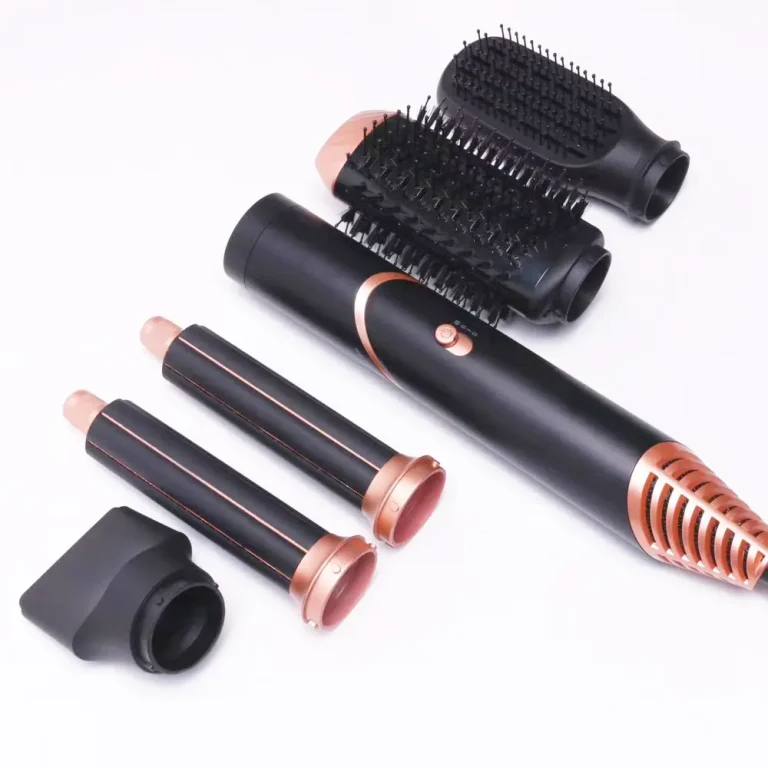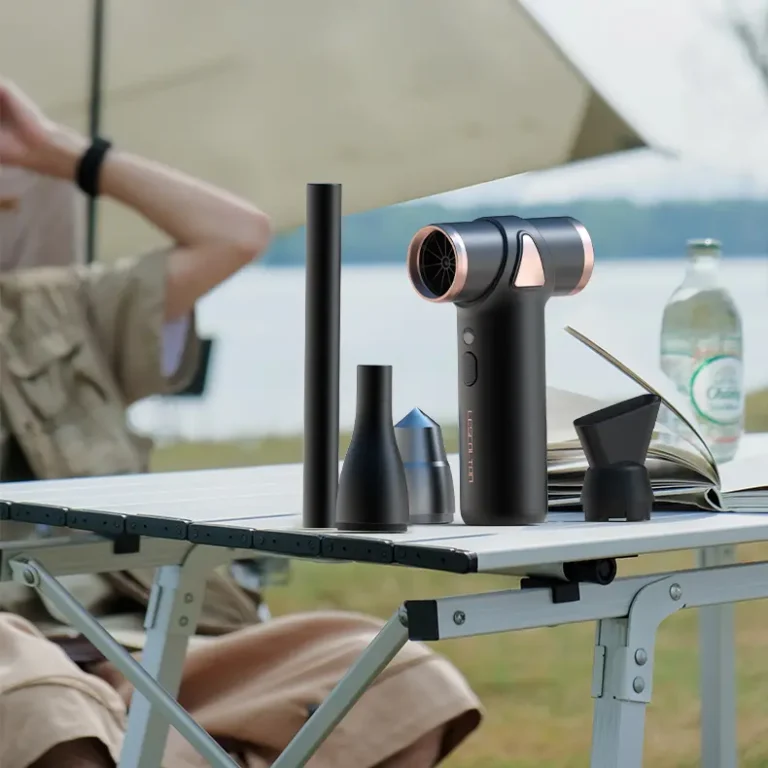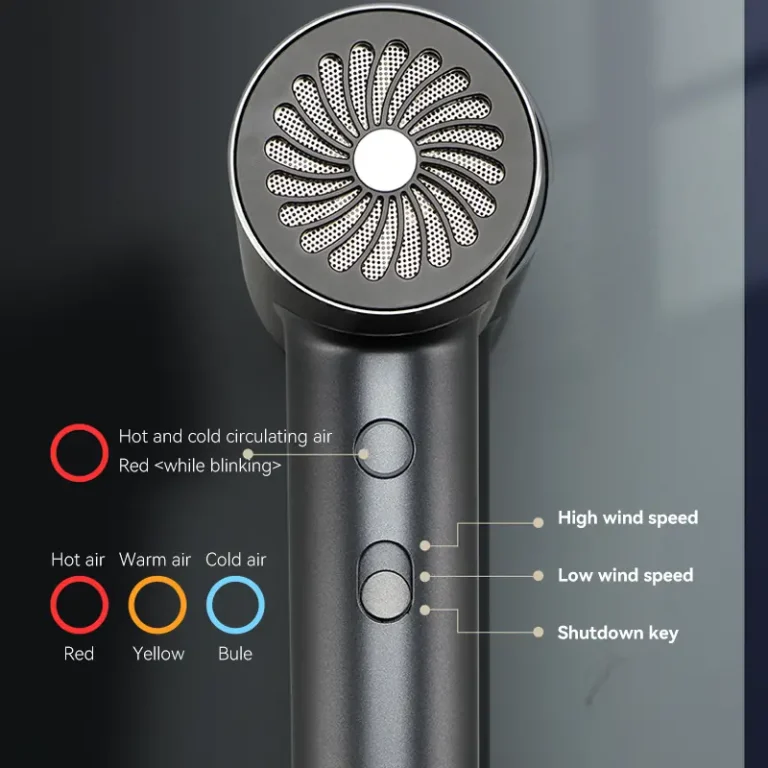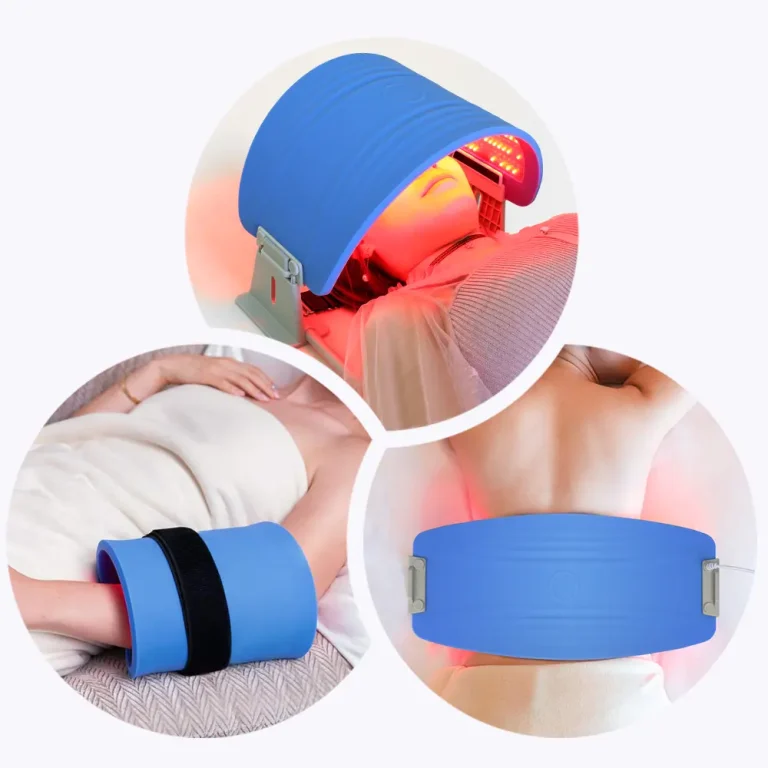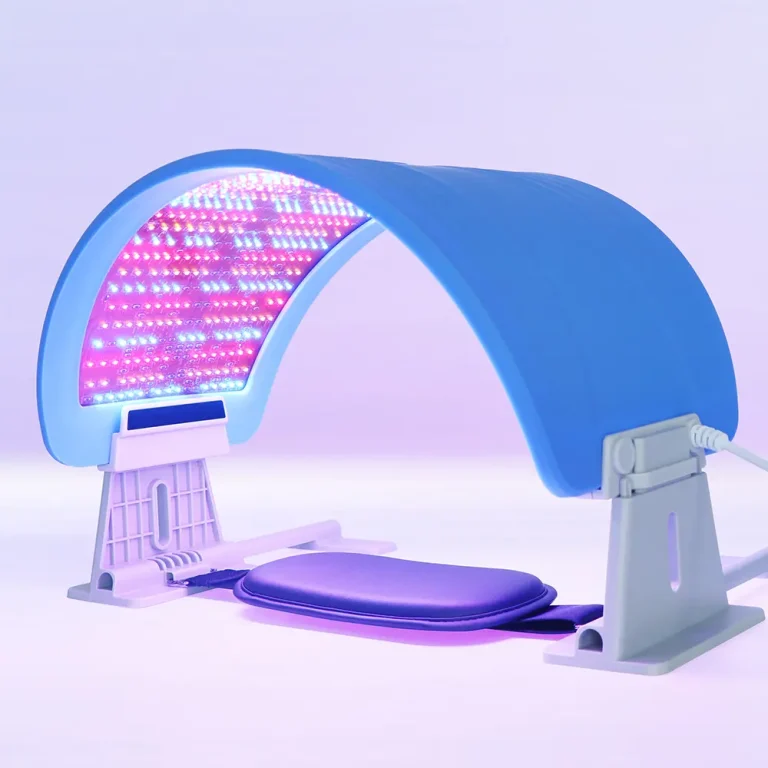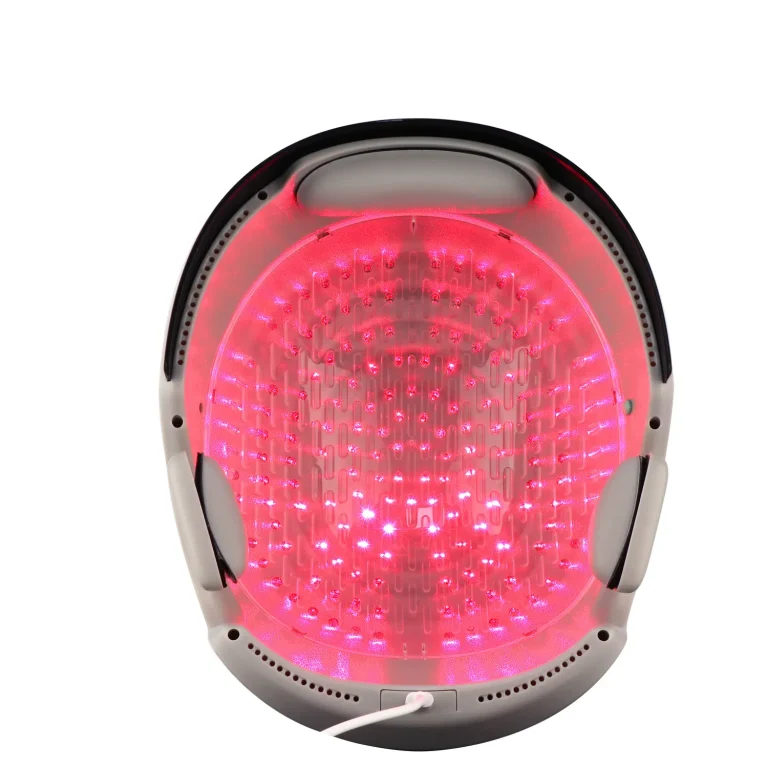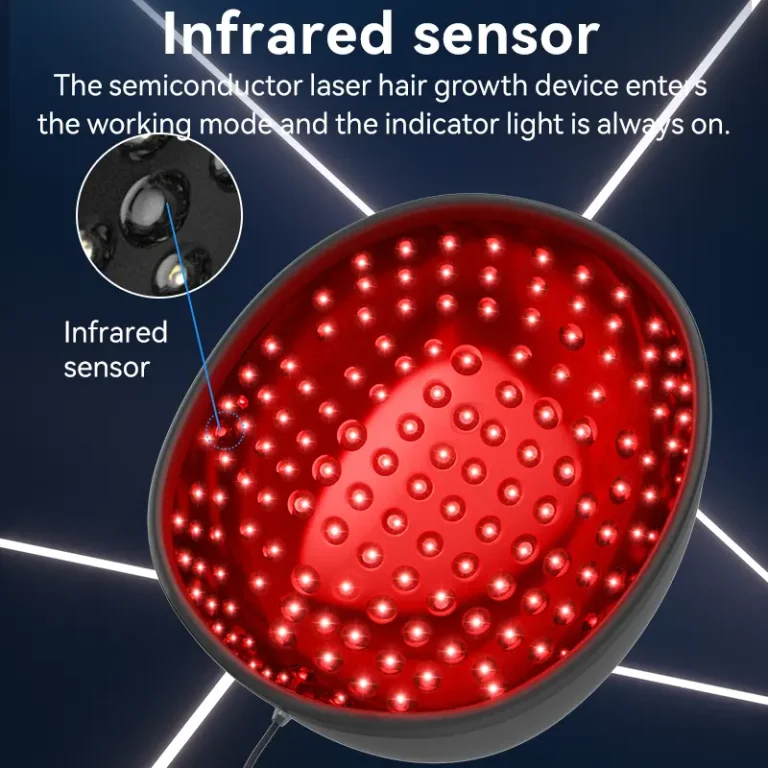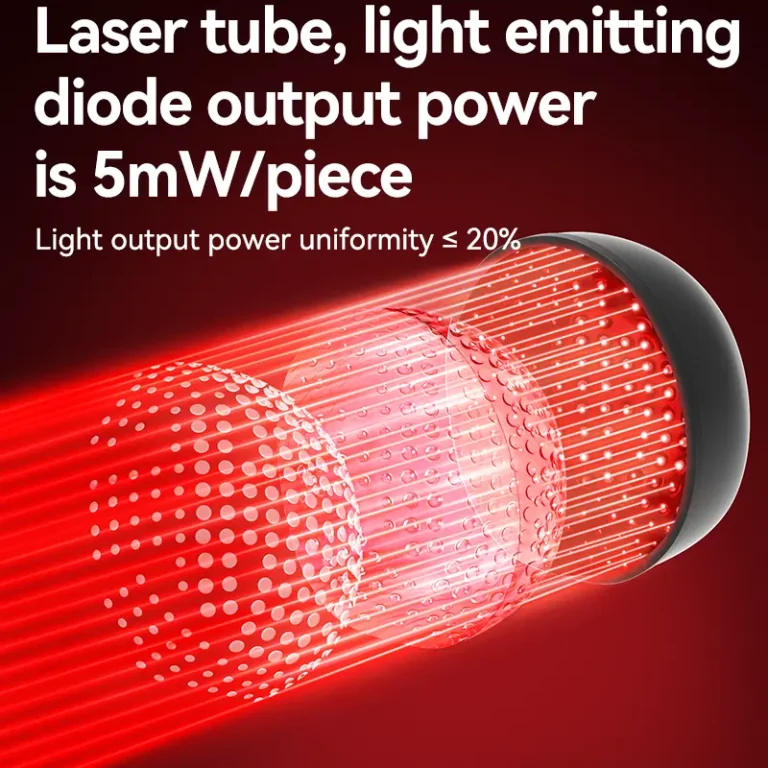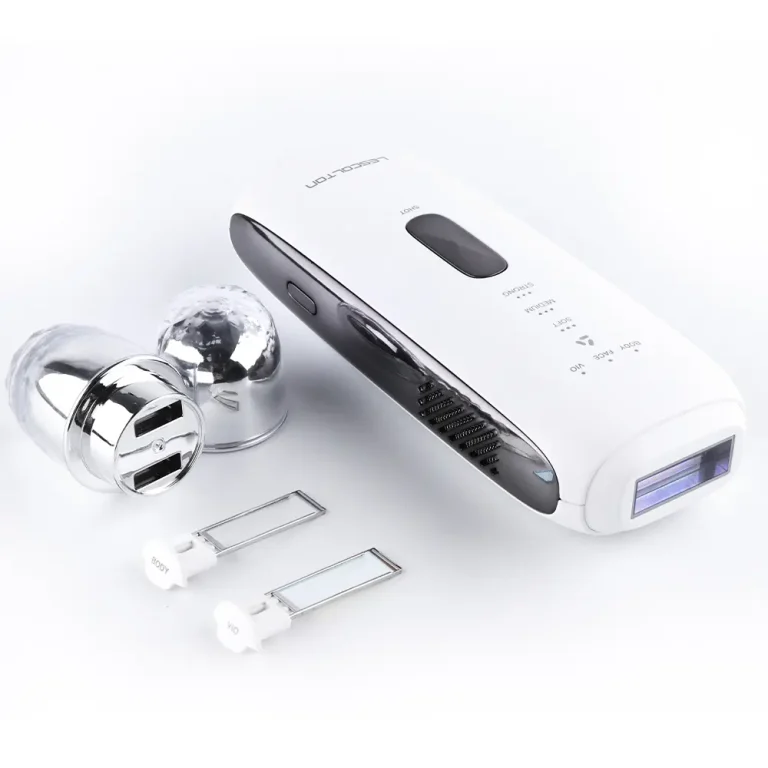Hair loss and thinning hair are common concerns that affect individuals of all ages and genders. In recent years, red light therapy combs have emerged as a popular, non-invasive solution to promote hair growth and improve hair health. These devices claim to use low-level laser therapy (LLLT) to stimulate hair follicles and combat hair loss. But do these red light care combs really work? Let’s delve into the science behind them, evaluate their effectiveness, and consider user experiences.
Understanding Red Light Therapy
1.1 What is Red Light Therapy?
Red light therapy, also known as photobiomodulation or low-level laser therapy (LLLT), involves the use of specific wavelengths of red light to penetrate the skin and stimulate cellular activity. In the context of hair growth, these wavelengths typically range between 630 and 670 nanometers, which are absorbed by the scalp and hair follicles.
1.2 How Does It Work for Hair Growth?
The red light penetrates the scalp, reaching the hair follicles. This light energy is absorbed by the cells, which enhances cellular respiration and ATP (adenosine triphosphate) production. Increased ATP production boosts cellular activity, leading to improved blood circulation, reduced inflammation, and stimulation of hair follicle growth. These combined effects create a healthier environment for hair growth and may help in prolonging the anagen (growth) phase of the hair cycle.
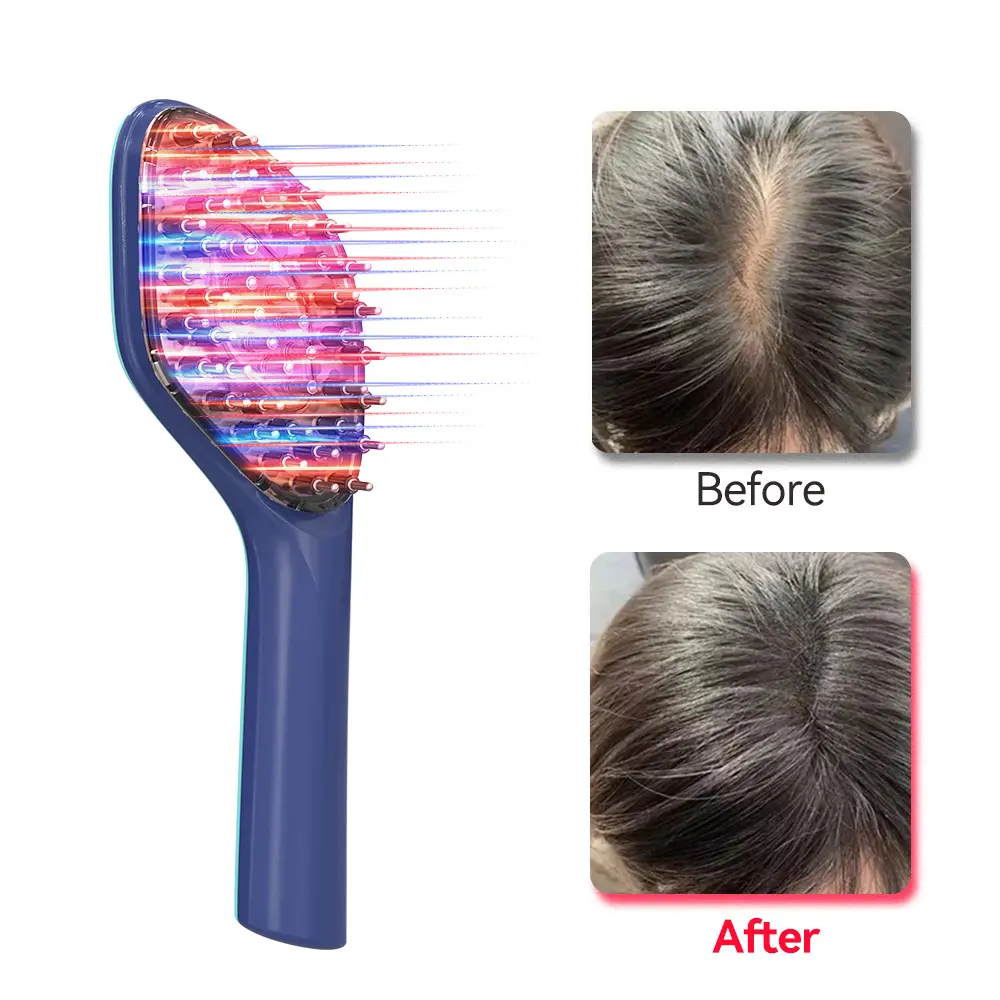
Evaluating the Effectiveness of Red Light Therapy Combs
2.1 Clinical Studies and Research:
Several studies have explored the efficacy of red light therapy for hair growth. Research indicates that LLLT can significantly increase hair density and thickness in individuals with androgenetic alopecia (pattern baldness) and other types of hair loss.
- Study 1: A 2014 study published in The American Journal of Clinical Dermatology found that participants using LLLT devices experienced a 39% increase in hair growth compared to those using a placebo.
- Study 2: A 2013 randomized, double-blind, sham device-controlled study published in Lasers in Surgery and Medicine demonstrated that LLLT led to a significant improvement in hair density and overall hair growth.
2.2 User Experiences and Testimonials:
While clinical studies provide scientific validation, user experiences and testimonials offer practical insights into the real-world effectiveness of red light therapy combs.
- Positive Feedback: Many users report noticeable improvements in hair thickness, reduced hair shedding, and healthier scalp conditions after consistent use of red light therapy combs. Users often highlight the convenience and ease of incorporating these devices into their routine.
- Mixed Results: Some users experience slower or less noticeable results, emphasizing the importance of consistent use and patience. Hair growth is a gradual process, and individual results may vary based on factors such as the severity of hair loss, underlying health conditions, and adherence to treatment protocols.
Key Features and Benefits of Red Light Therapy Combs
3.1 Non-Invasive and Safe:
Red light therapy combs offer a non-invasive alternative to surgical hair restoration procedures. They are generally considered safe with minimal side effects, making them suitable for long-term use.
3.2 Ease of Use:
These combs are designed for easy at-home use. Regular combing sessions, typically a few times per week, can be seamlessly integrated into a daily hair care routine.
3.3 Improved Scalp Health:
In addition to promoting hair growth, red light therapy can improve overall scalp health. Enhanced blood circulation and reduced inflammation create a healthier environment for hair follicles, potentially preventing further hair loss.
Factors to Consider When Choosing a Red Light Therapy Comb
4.1 Device Specifications:
- Wavelength: Ensure the device operates within the effective red light wavelength range (630-670 nanometers).
- Power Output: The power output should be sufficient to deliver therapeutic benefits without causing discomfort or overheating the scalp.
4.2 Manufacturer Reputation:
Choose devices from reputable manufacturers with positive user reviews and clinical validations. Look for FDA-clearance or certification from reputable regulatory bodies to ensure safety and efficacy.
4.3 Cost and Warranty:
Consider the cost of the device and whether it fits within your budget. Additionally, check for warranty coverage and customer support to address any potential issues.
Maximizing the Benefits of Red Light Therapy Combs
5.1 Consistency is Key:
For optimal results, consistency is crucial. Follow the recommended usage guidelines provided by the manufacturer and incorporate regular sessions into your hair care routine.
5.2 Combine with Other Treatments:
Red light therapy can be combined with other hair growth treatments, such as topical minoxidil, to enhance results. However, it is advisable to consult with a healthcare professional before combining treatments.
5.3 Maintain a Healthy Lifestyle:
A balanced diet, proper hydration, and stress management are essential for overall hair health. Complementing red light therapy with a healthy lifestyle can maximize its benefits.
Conclusion
Red light therapy combs offer a promising, non-invasive solution for individuals seeking to combat hair loss and promote hair growth. Backed by scientific research and positive user experiences, these devices utilize the power of red light to stimulate hair follicles, improve scalp health, and enhance hair density. While results may vary among individuals, consistency, and adherence to treatment protocols are key to achieving optimal outcomes. As with any treatment, it is advisable to consult with a healthcare professional to determine the best approach for your specific needs.

